Thailand’s capital is a prime spot for tender viewings thanks to its longtime status as a colored-stone hub.
Bangkok has long been an influential hub for the colored-gem trade in Asia. Because of its central location, the Thai capital is where the majority of gemstone tender viewings take place, organized by mining companies, gem suppliers and consulting firms. These highly anticipated tenders are a good reflection of global market sentiment, as bids come in online from companies across the world. The auction process lets gem dealers and jewelers acquire rough stones to polish and sell, while the competitive nature of the bidding adds an element of excitement and helps set a fair market value for the stones.
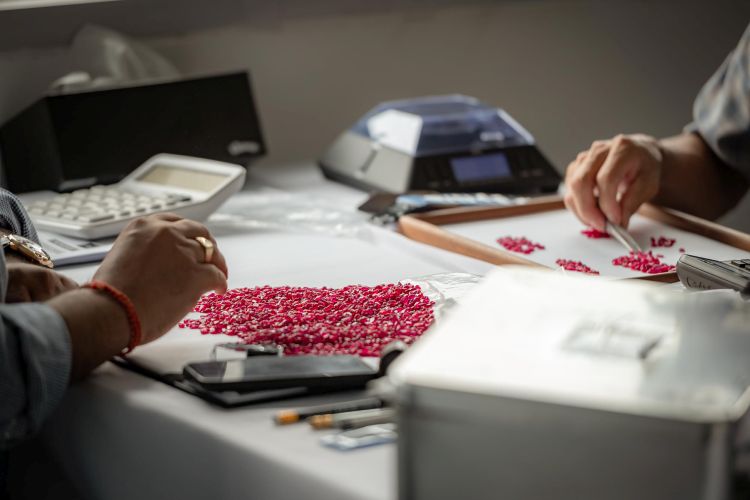
Friendly conditions
Over 90% of the world’s ruby supply by value gets cut and polished in Thailand, and that segment has seen significant growth over the past decade. In addition, “Thailand is a very important center for sapphires and is slowly becoming a key player in emeralds,” says Rupak Sen, vice president of marketing and sales at miner Fura Gems.
Government policies are supporting this growth with better infrastructure and more trade shows. The country’s “importation rules and tax exemptions for rough gems…play a significant role in facilitating the tender and auction model for gemstones,” says Phuket Khunaprapakorn, managing director of stone dealer Gemburi. These efforts have attracted multinational companies like Fura, fellow miner Gemfields, and tender house Bonas Group to hold viewings in Silom, Bangkok’s gem district.
“The majority of gemstone buyers are based there. It is also almost equidistant [from] Jaipur, Hong Kong, Guangzhou and Sri Lanka,” says Tim Denning of Bonas Group, which has held polished-gemstone viewings in Bangkok since 2018. “Bangkok gained an edge over Hong Kong during Covid-19. Thailand reopened [for] travel far faster, and this allowed the gemstone industry to consolidate here.”
Gemfields has even shifted its auction facilities to Bangkok from Singapore. “Of the seven locations where Gemfields has conducted its auctions, Bangkok is the preferred location for ruby and high-quality emerald auctions,” says Adrian Banks, its managing director of product and sales. “We secured a venue…in the heart of the gem district with excellent facilities and natural light, which is critical for the assessment of colored gemstones.”
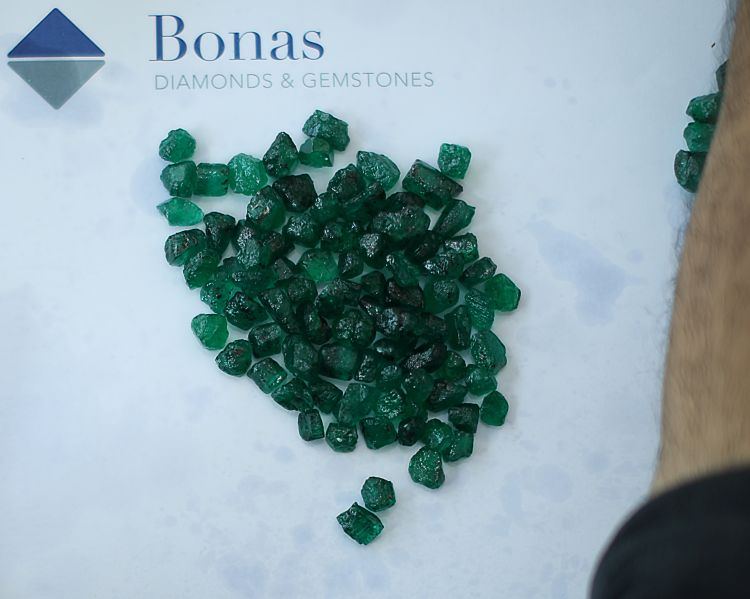
The perks of a framework
Australian sapphires, rough rubies from Mozambique, and emeralds from Colombia, Brazil, Zambia and Ethiopia are some of the stones that make their way to the Thai city, with different companies arranging the viewings for different supply sources. Bonas, for instance, works with private gem-trading firms and miners like Gemrock and Belmont Mines to show Mozambican rubies and Brazilian emeralds.
“The tenders provide a route to market, [which] means goods come in an organized way rather than dribs and drabs,” says Denning.
There are other advantages to having an organized system. For one thing, buying from the mining companies makes it easier for dealers to find the specific goods their clients want, as the miners “have a uniform and consistent sorting and grading system,” says Khunaprapakorn. And seeing the rough at this stage — the quality, colors and quantities coming out of the mines — lets traders predict supply trends further down the line, he adds.
He points to ethical aspects as well: “This model allows the sourcing countries in Africa to get a fairer benefit from the auction in terms of taxes.”

A competitive atmosphere
With the number of tenders in Bangkok growing, gemstone buyers need to plan their sourcing calendars accordingly.
Gem dealer Chiku Sukhadia of Sukhadia Stones is a regular attendee of these events, and he believes in healthy competition — as long as the viewing dates don’t clash or overlap, as that could potentially derail buying, he says.
The appetite for rough remains high for all gems. Gemfields’ recent auction results have shown strong price growth and unprecedented demand. Some materials have doubled in price since before Covid-19, says Khunaprapakorn.
Unlike with diamonds, which have a price list for reference, the value of colored gems tends to fluctuate based on how much people are willing to pay, comments Sukhadia. While that can be an advantage at times, “these prices can be very competitive, and sometimes you end up paying a premium on the lots.”
That competitive nature can also edge out smaller players that have limited access to resources. Restrictions like limiting the number of allowed bids make it harder for them to acquire rough. Bonas Group is notable for facilitating small players’ participation by forgoing such rules.
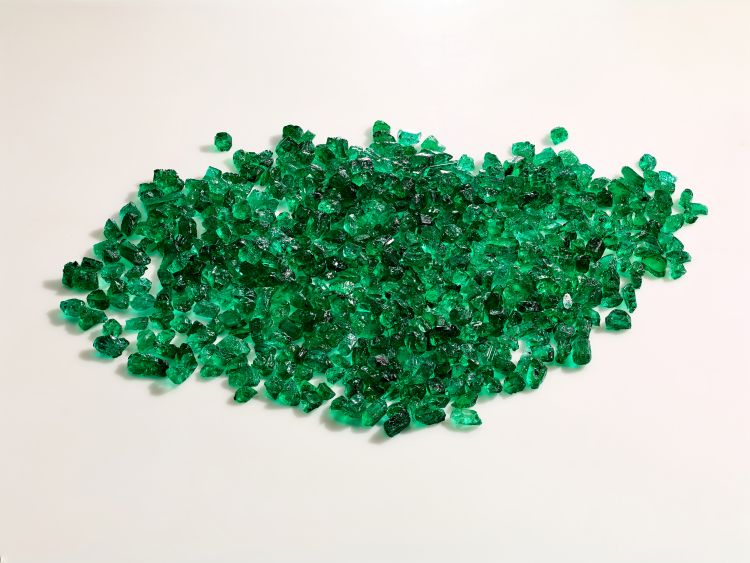
The polished side
Another feature of Bonas’s business model is that it holds viewings of polished stones as well as rough, offering a platform to gem dealers that want to sell their cut goods. Traders like Khunaprapakorn see potential in polished sales. “Now that there are fewer rough gems available, cut and polished inventory helps fulfill market demand,” he says.
As for what’s selling in the polished category, “several years ago…rubies were the more in-demand product,” reports Denning. “Recently, it has become blue and, increasingly, pink sapphires.”
Indeed, Thailand has historically been a home of skilled cutters. Although its manufacturing trade has waned since the pandemic, it remains an important hub for gem polishing and sales. As long as that’s the case, Bangkok will continue to be a prime spot for tender viewings.
Main image: Brazilian emerald rough at a Bonas x Belmont tender. (Bonas)


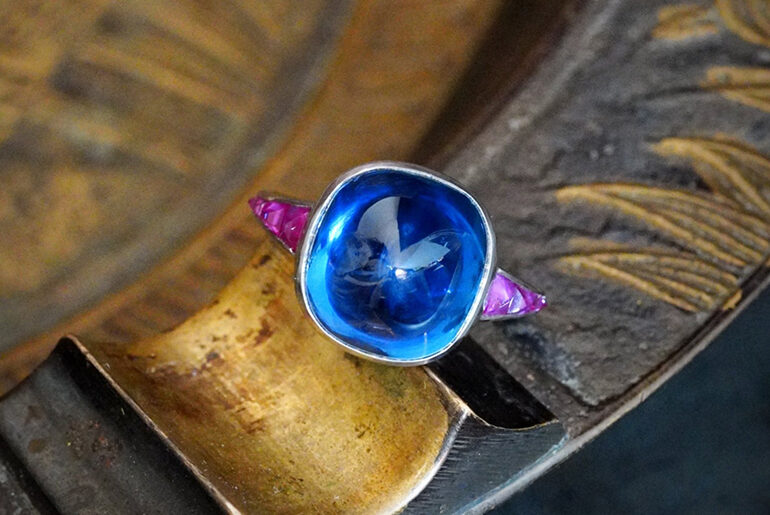
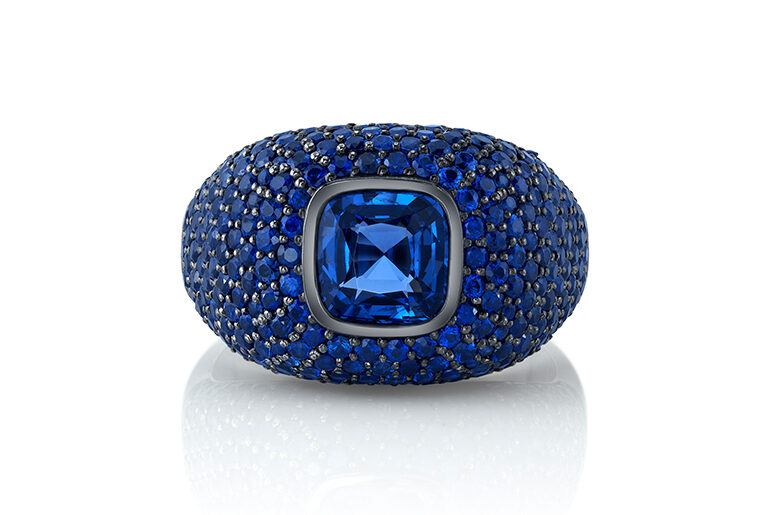
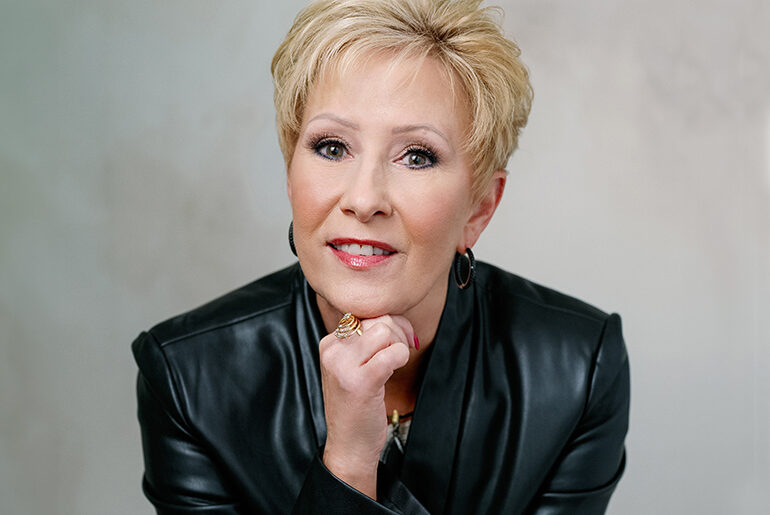
Comments are closed.